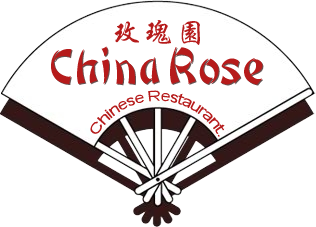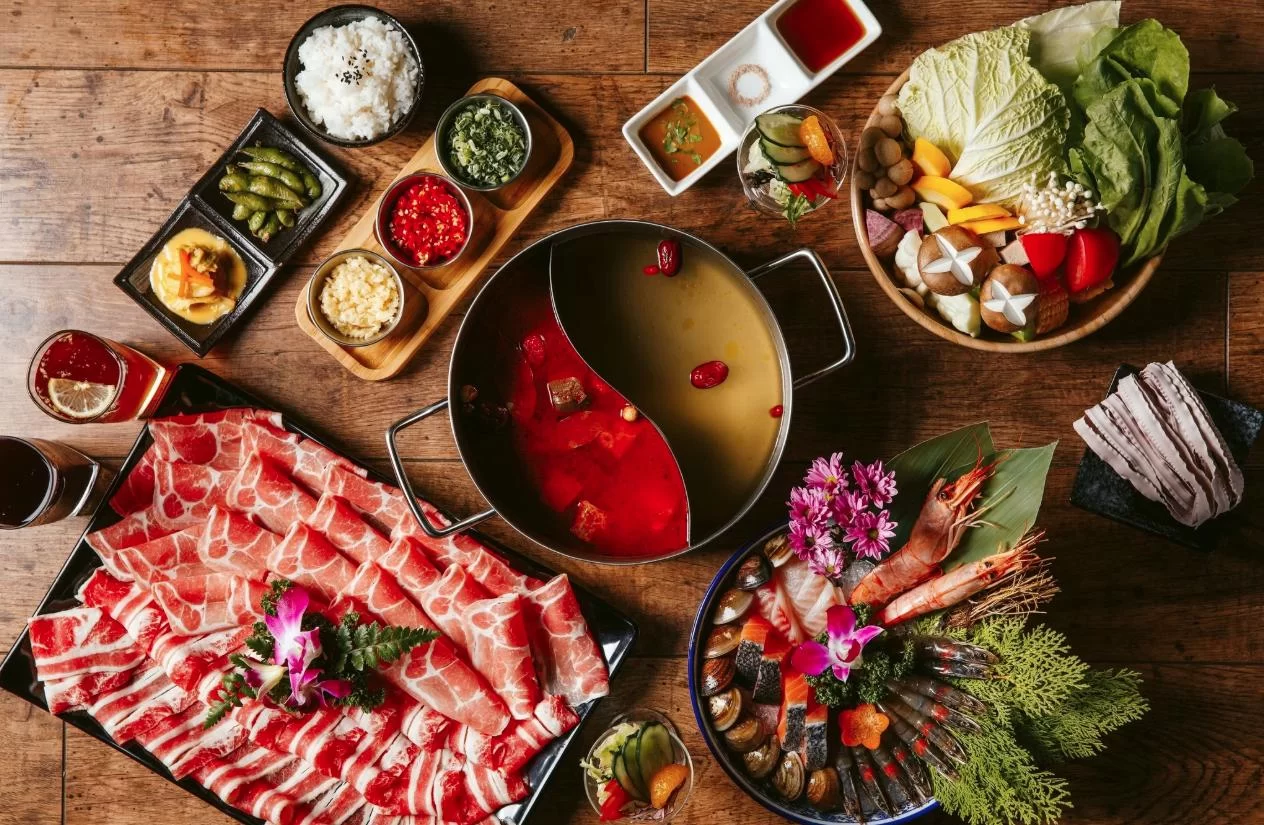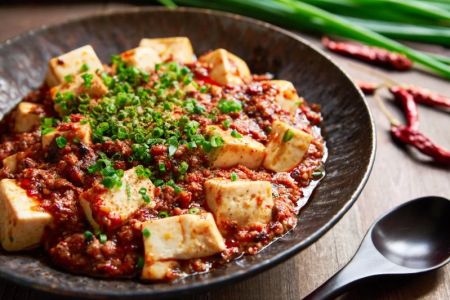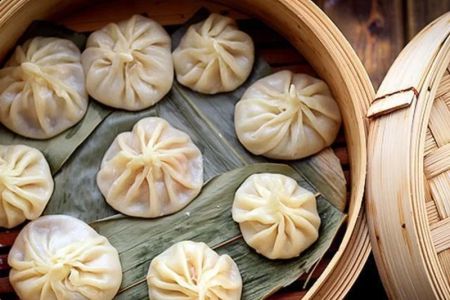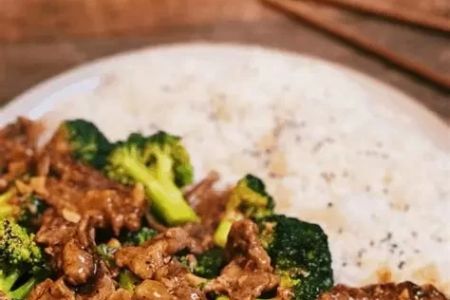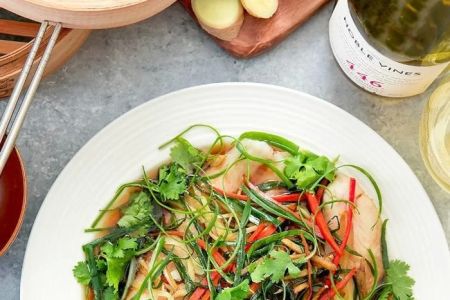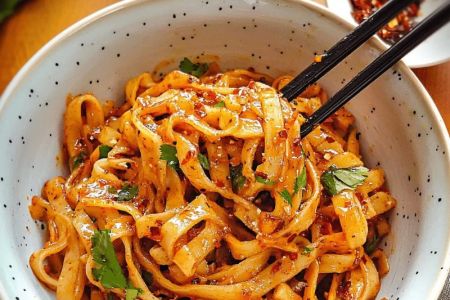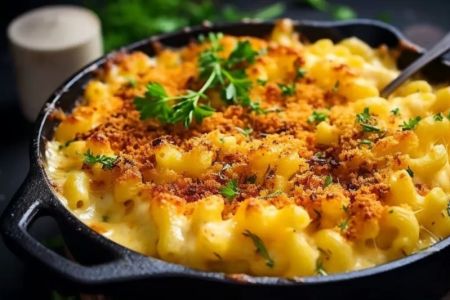- 1 - Origins and Cultural Roots of Five-Spice Powder
- 2 - The Aromatic Blend and Its Symbolism
- 3 - Applications in Everyday Chinese Cooking
- 4 - Regional Differences in Using Five-Spice Powder
- 5 - Modern Interpretations and Global Popularity
- 6 - Culinary Tips for Cooking with Five-Spice Powder
- 7 - Where to Find Authentic Five-Spice Products at Chinese Food
1. Origins and Cultural Roots of Five-Spice Powder
Five-spice powder has a history that spans centuries, deeply rooted in Chinese culinary traditions. Believed to have originated during the Han dynasty, it was inspired by the philosophy of balance in Chinese medicine and cooking. The blend is designed to represent the five basic flavors—sweet, sour, bitter, salty, and pungent—creating harmony within a dish. Historically, it was not only a cooking ingredient but also a symbol of cultural values, making it a cornerstone of Chinese cuisine that continues to endure in modern kitchens.
2. The Aromatic Blend and Its Symbolism
Typically, five-spice powder includes star anise, cloves, Chinese cinnamon, Sichuan peppercorns, and fennel seeds. This aromatic combination produces a flavor profile that is bold yet balanced. The symbolism lies in its balance: each spice contributes to the overall harmony of taste, reflecting the Chinese philosophy of yin and yang. This unique blend provides both depth and fragrance, making it versatile enough to enhance meats, vegetables, and even desserts. The unmistakable aroma often defines the dining experience before the first bite is even taken.
3. Applications in Everyday Chinese Cooking
In Chinese cuisine, five-spice powder is widely used to season meats such as pork belly, duck, and beef. The famous Cantonese roasted duck relies heavily on its aromatic touch. It’s also a key seasoning for marinades, rubs, and stir-fries, imparting a distinctive warmth that elevates simple ingredients. Even modern snack foods in China, such as spiced peanuts and sunflower seeds, feature five-spice flavors. This adaptability explains why it remains one of the most important spice blends in Chinese households and restaurants alike.
4. Regional Differences in Using Five-Spice Powder
Though the base spices remain consistent, regional variations exist across China. In Sichuan cuisine, the blend may lean more heavily on Sichuan peppercorns to emphasize numbing heat. Cantonese versions often balance sweetness and warmth, making it suitable for roasted meats. In northern China, some blends introduce additional spices like ginger or cardamom. These regional differences demonstrate the flexibility of the blend while showing how Chinese cuisine adapts to local tastes and traditions.
5. Modern Interpretations and Global Popularity
Five-spice powder has crossed borders and become a beloved seasoning worldwide. Chefs outside of China use it creatively in barbecue sauces, cocktails, and even baked goods. One popular example is five-spice flavored chocolate, a fusion dessert that highlights how traditional spices can inspire innovation. In the West, health-conscious cooks appreciate its ability to add rich flavor without excessive salt or fat. Its global popularity shows how an ancient Chinese spice mix has found a new identity in modern kitchens around the world.
6. Culinary Tips for Cooking with Five-Spice Powder
Cooking with five-spice powder requires balance. Because of its strong aroma, a little goes a long way. It works best when paired with fatty meats that can absorb and balance the bold flavors. For stir-fries, adding it toward the end preserves its fragrance. Creative cooks also experiment by using it in baking, where it pairs surprisingly well with chocolate or fruit. For those new to Chinese cuisine, starting with small amounts is key to learning how to integrate this spice blend effectively.
7. Where to Find Authentic Five-Spice Products at Chinese Food
To truly experience the role of five-spice powder in Chinese cuisine, finding authentic blends is essential. At Chinese Food, you can discover high-quality five-spice powders and related products that reflect traditional recipes. Whether you’re preparing classic roasted duck or experimenting with modern fusion dishes, sourcing the right ingredients ensures that your cooking captures the authentic aroma and flavor of Chinese cuisine. With the right products, every dish becomes an opportunity to explore the depth and richness of this aromatic blend.
